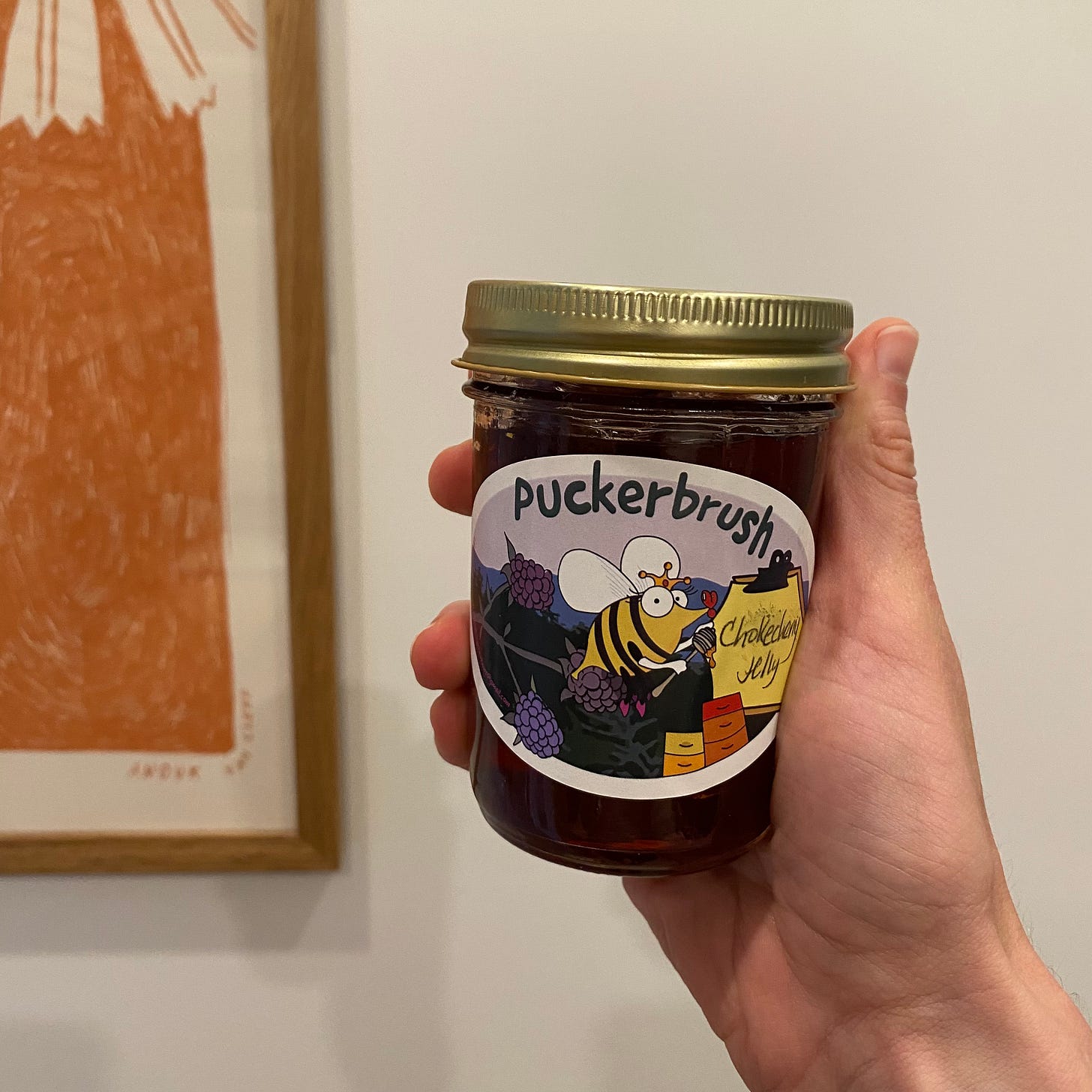Baking buds, dream with me: You open your pantry and behold—you’ve got a flour supply capable of making resilient cookies, cakes, and clafoutis.
We’ve talked about this before: Wheat—that mainstay of baking found in every bag of all-purpose, bread, and cake flour—is threatened by climate change, with global yields already down 10 percent from what they would have been without it and projected to fall another 14 percent from 2015 levels by century’s end if warming continues unabated. There’s also rising risk of what researchers call a “multi-breadbasket failure,” in which wheat harvests in key areas like China and the U.S. Midwest could fail in the same season due to heat and drought, creating shortages and price spikes around the world.
Researchers and farming experts are working to try to safeguard wheat and other important staple crops in multiple ways. Some are racing against time to breed more heat- and drought-tolerant varieties of wheat. Others are working on getting climate-adapted farming practices into fields. Still others are focused on diversification—the strategy I wanna talk about today.
Agrobiodiversity is a hedge against risk—if one crop fails, others may survive. Nature comes with boatloads of edible biodiversity built in, but our food system has famously shortchanged it for efficiency, ending up vulnerable to shocks in the process.
So when it comes to a more resilient future for grain agriculture, baking with lesser-known, resilient flours is a great place to start. The four grains we’re talkin’ about below will need things like policy and investment to scale in the U.S.; but making them regulars in our pantries may make that important stuff easier—while bringing new flavors (and a smidge of health, if I dare say it!) into our desserty noshing.
Stock these 4 resilient flours in your pantry
Climate Blend, for the biodiversity play.
Let’s start small, y’all. If you’ve ever used whole-wheat flour, you can use Climate Blend. It’s an easy-to-use, whole-wheat blend you can buy at Whole Foods or order from King Arthur Baking Co., and its blendiness holds the resilience magic. Each bag includes flour from three wheat varieties, all of which were developed by the climate- and nutrition-conscious BreadLab at Washington State University. The idea is that if climate change mucks up yields of one in a given season, the other two can step up and keep flour bags full. There’s variation built into the recipe—but not enough that you’re likely to notice, especially if you’re using Climate Blend as a 25 or 50 percent blend with all-purpose flour, which is how I like to use it in things like scones, muffins, and cookie bars. I also use it at 100 percent in recipes that just call for small amounts of flour, like the best-ever brownies I served at Climate Week NYC last year.
Rye, for a drought-resistant rotation crop.
Rye is hella drought-resistant, but that’s just one part of what makes it appealing to growers in the northern half of the U.S., where Foodprint reports that a nascent regional industry is emerging—especially in the northeast—thanks to demand for local flour, baked goods, and craft distilling. Rye also helps restore eroded soils, tolerates cold, and works well in regenerative farming systems, requiring little or no tilling, growing nicely in rotation with other crops, and scavenging nitrogen from the soil so farms don’t need as much fertilizer. You can buy it from most major grocery stores or from regional mills like Farmer Ground in New York or Meadowlark Organics in Wisconsin. It adds an extra-dark note to Edd Kimber’s milk chocolate and tahini take on devil’s food cake, and gently spices up Justine Doiron’s sugared rhubarb tart with rye crust.
Millet, for heat and drought tolerance.
In the Midwest and Great Plains, a whisper of a niche industry is growing around millets, a group of heat-, drought-, and flood-tolerant grains that might help the region adapt to climate change. Some grain farmers in the area have seen certain types of millet, like proso millet and pearl millet, withstand scorching temps and drought when wheat couldn’t, according to KCUR. Researchers at Iowa State University think a different type—finger millet—could also be useful for another reason: It slots nicely into an empty space on corn-and-soybean farmers’ harvest calendars, upping the odds that, in a climate-impacted year, there’d still be a lot of stuff to harvest and sell. Buy millet flour at most grocery stores, and use it (it’s gluten-free!) in Brian Levy’s GF sheet cake (gift link to the New York Times) and in Rose Wilde’s millet drop donuts.
Kernza, for the perennial of it all.
Kernza is the grain that could upend grain farming as we know it. While most grains are annual plants, plowed up at the end of each season and planted anew, Kernza is a perennial. Keeping its Rapunzel-like, 15-foot roots in the ground for multiple years has a few climate benefits: Those roots sequester carbon, reach deeper for water in drought years, and build soil matter and prevent erosion. Rebuilding soils is mission-critical in the Midwest, where 150 years of farming has drastically eroded the topsoil, a problem that climate-fueled downpours and drought will only compound. Order Kernza flour from Perennial Pantry, and use it in bakes where you want a graham-cracker-y flavor, like Beth Dooley’s chocolate toffee bars (an actual drug). You can also use modest amounts in most cookie, bar, and cake recipes. Unless a recipe instructs otherwise, I recommend sifting Kernza flour before using and subbing it for up to 25 percent of the weight of the all-purpose flour called for.

An extra helping
Leave a comment: If you use any of these flours already, what do you bake with them? (Asking for a friend—heh heh—who is plotting a cookbook of climate-resilient recipes. 😉)
Check out this state-by-state list of regional flour mills, which are good places to find rye, millet, and other grains that may be adapted to the changing local climate near you.
Take a gander at this chokecherry jelly, which tastes like apple, blueberry, and cherry candy had a bébé. I ordered it because I’ve been researching these hardy native berries for a story pitch and for a longer list of climate-adapted baking ingredients.







The way I love Meadowlark Organics! They produce a wild variety of amazing flours and grains, and they do fantastic work in educating the Midwest community about the resiliency of the grains we know and love as well as those we do not!
Since you are asking for experience with these wheat flour alternatives, I have been experimenting a bit over the years. Here are 2 results:
I really like how rye enhances shortbread, as in this recipe: https://www.allrecipes.com/recipe/8507676/brown-sugar-and-rye-shortbread/
Millet flour lends itself well to pudding - might work as a filling for baked goods, too. I only have a handwritten recipe in German for my fav, though (and don‘t have it on me right now) … It‘s just millet flour cooked stirred into simmering apple cider (a process similar to polenta making), then cooled completely and gently mixed with stiffly whipped cream.